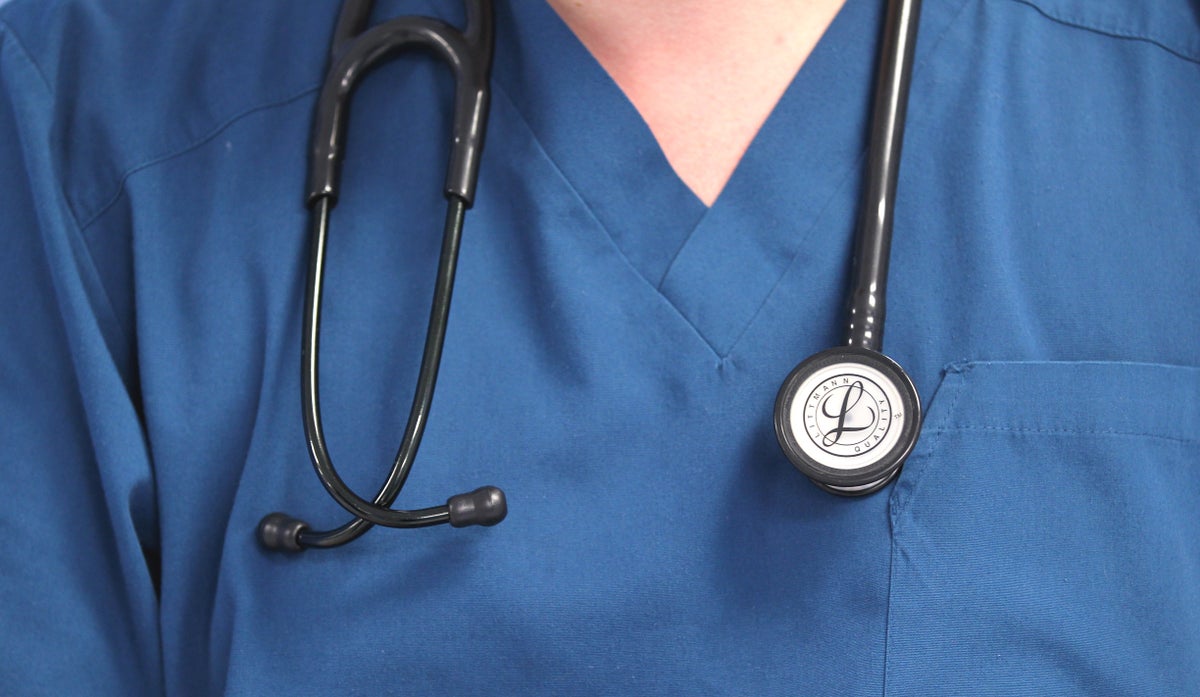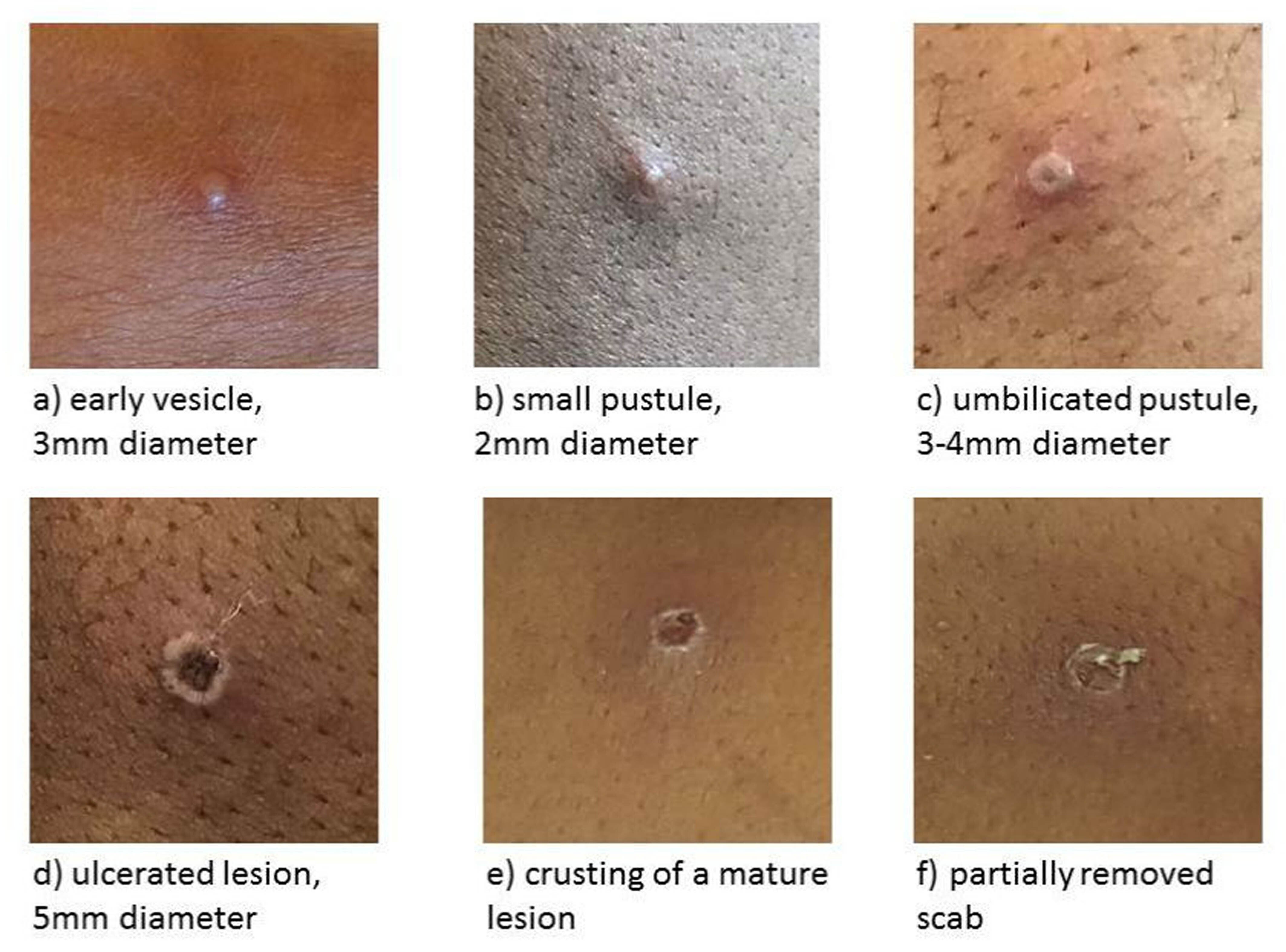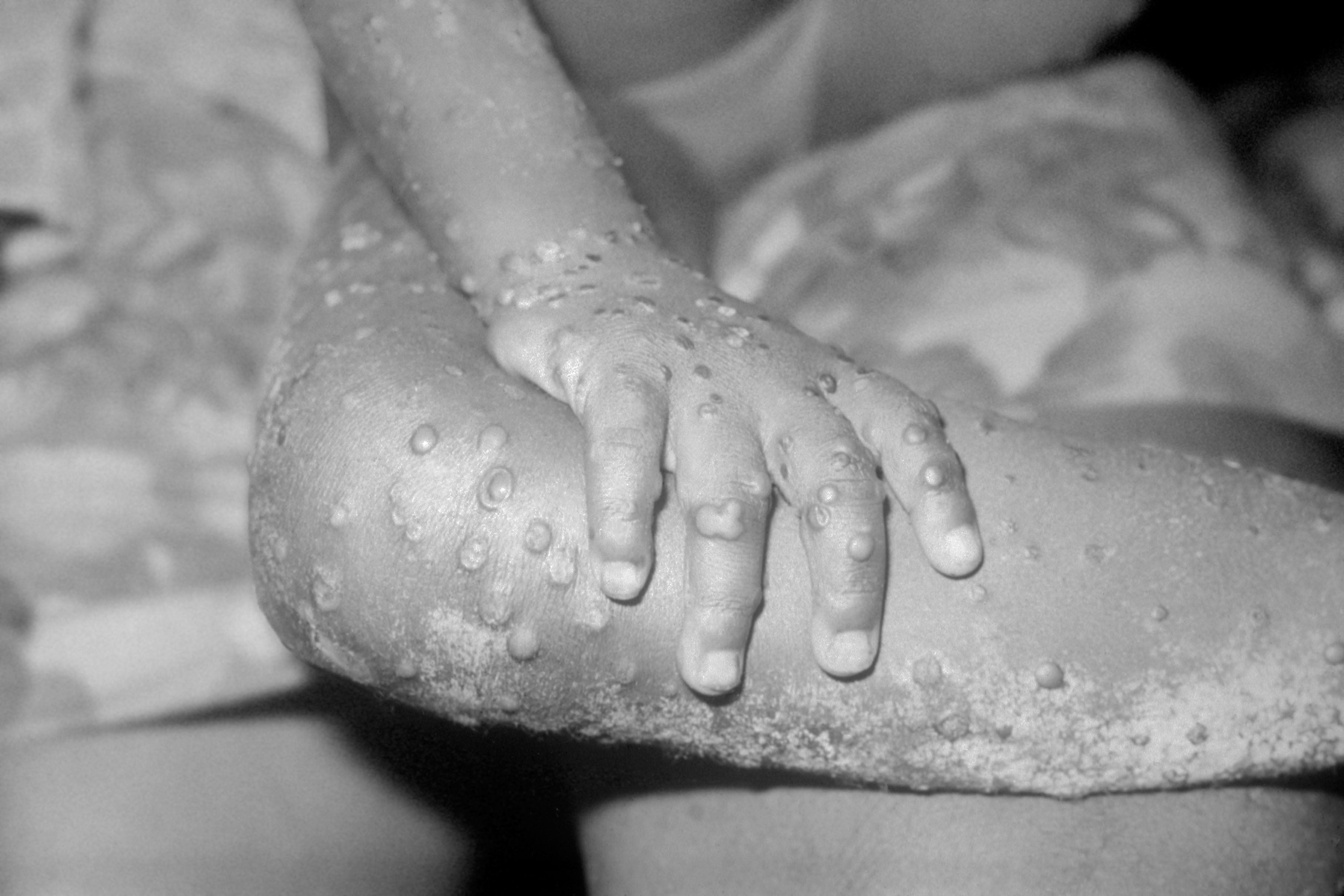
Some 179 cases of monkeypox have been confirmed in the UK and that number is expected to rise.
– What is monkeypox?
Monkeypox is related to smallpox and cases are usually found in West and Central Africa, with the virus not often spreading elsewhere.
That is why outbreaks reported in more than a dozen countries, including the UK, Portugal, Spain and the United States have caused alarm among public health experts.

The disease, which was first discovered in monkeys, is usually mild but can cause severe illness in some cases.
– What are the symptoms?
Most monkeypox patients experience only fever, body aches, chills and fatigue, but some may develop a rash and lesions on the face and hands that can spread to other parts of the body.
The rash can look like chickenpox or syphilis, and scabs can form which then fall off.
Most people recover within a few weeks.
The incubation period of monkeypox is usually from six to 13 days, but can range from five to 21 days.
– How does monkeypox spread?
The most likely route of monkeypox transmission is close physical contact, touching clothing, bedding or towels used by someone with the monkeypox rash, or touching monkeypox skin blisters or scabs.
There is a smaller risk of it being spread through coughs and sneezes, and as prolonged face-to-face contact would be needed, this is not one of the main routes of transmission for the monkeypox virus.
Sexual intercourse is thought to expose people to a higher risk of contracting the disease as, although it is not known to be sexually transmitted, the close physical contact involved means exposure is more likely.
A majority of the cases seen so far have been in gay and bisexual men and men who have sex with men.

Professor David Heymann, the World Health Organisation’s former assistant director-general for health security and environment, is reported to have said a leading theory to explain the spread of the disease was sexual transmission at raves in Europe.
– What is the level of risk in the UK?
The type of monkeypox involved in the outbreak is a West African variety said to be fatal in only one per cent of cases.
Health officials said that while the outbreak is “significant and concerning”, the risk to the UK population remains low.
No deaths have been reported in the current outbreak beyond Africa.
Professor Paul Hunter, of the University of East Anglia, an expert in epidemiology of emerging infectious disease, told the PA news agency it is “extremely unlikely” monkeypox will become a pandemic.
– When did monkeypox arrive in the UK?
The first case connected to the current outbreak was recorded in England on May 7 2022.
Scotland recorded its first case on May 23, while Wales and Northern Ireland confirmed cases on May 26.
– How many cases are there in the UK currently?
The latest figures, as of May 29, bring the total number of confirmed cases in England since May 7 to 172.
There have been four confirmed cases in Scotland, two in Northern Ireland and one in Wales, taking the UK total to 179.
– What is the current public health guidance for monkeypox?
The latest advice from the UK Heath Security Agency (UKHSA) urges those with monkeypox to avoid close contact with others until their lesions have healed and any scabs have dried off.
People who have had contact with someone with the disease should also be risk assessed and may be told to isolate for 21 days if necessary.
The UKHSA also said people with suspected or confirmed monkeypox who need to travel in order to seek care should make sure any lesions are covered by clothing, wear a face covering, and avoid public transport where possible.
They should also abstain from sex from the first signs of symptoms and make sure to use condoms for eight weeks after infection.
People should be alert to any new rashes or lesions, which would appear like spots, ulcers or blisters, on any part of their body.
People, particularly those who are gay, bisexual or who have sex with men, are urged to call NHS 111 or a sexual health centre immediately if they have a rash with blisters and have been in close contact with someone who has or might have monkeypox in the past three weeks.
Those with symptoms are also being asked to call 111 if they have been to West or Central Africa in the past three weeks or are a man who has sex with men.







